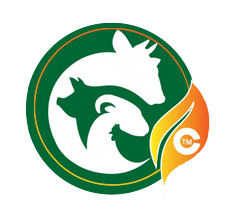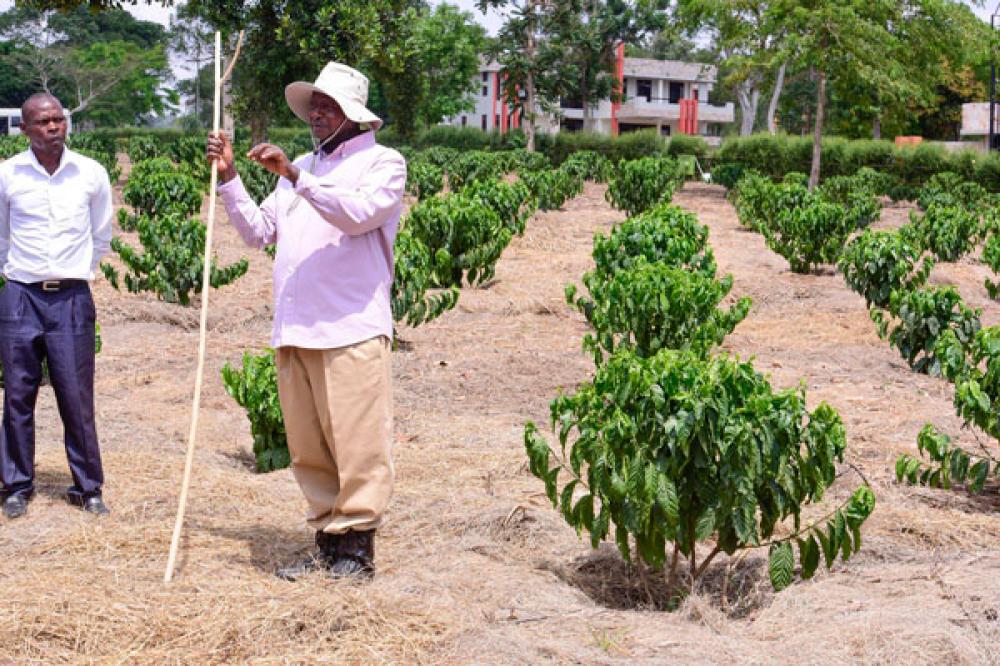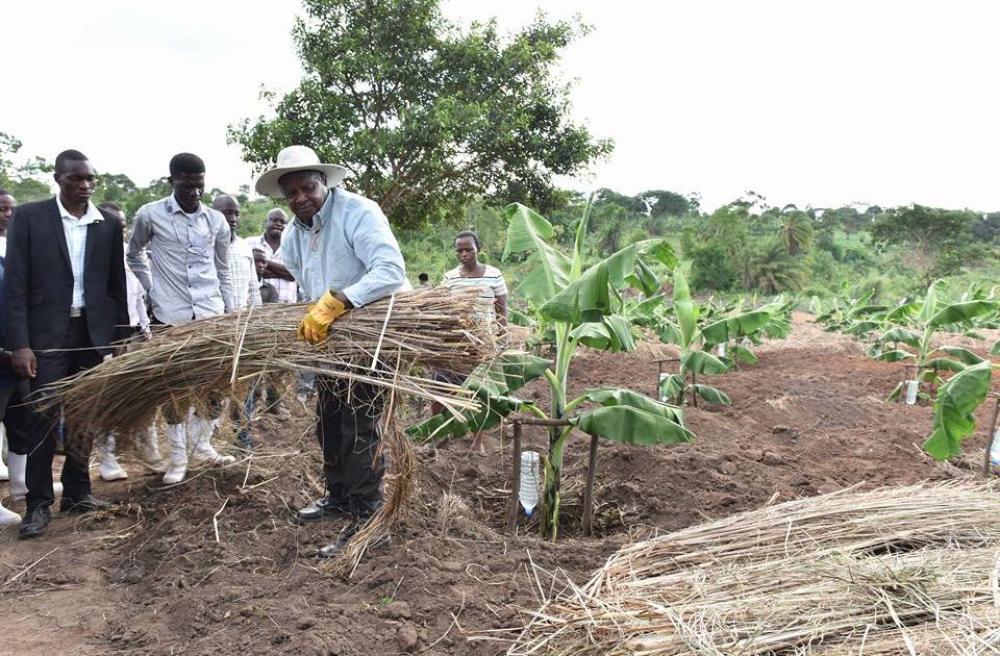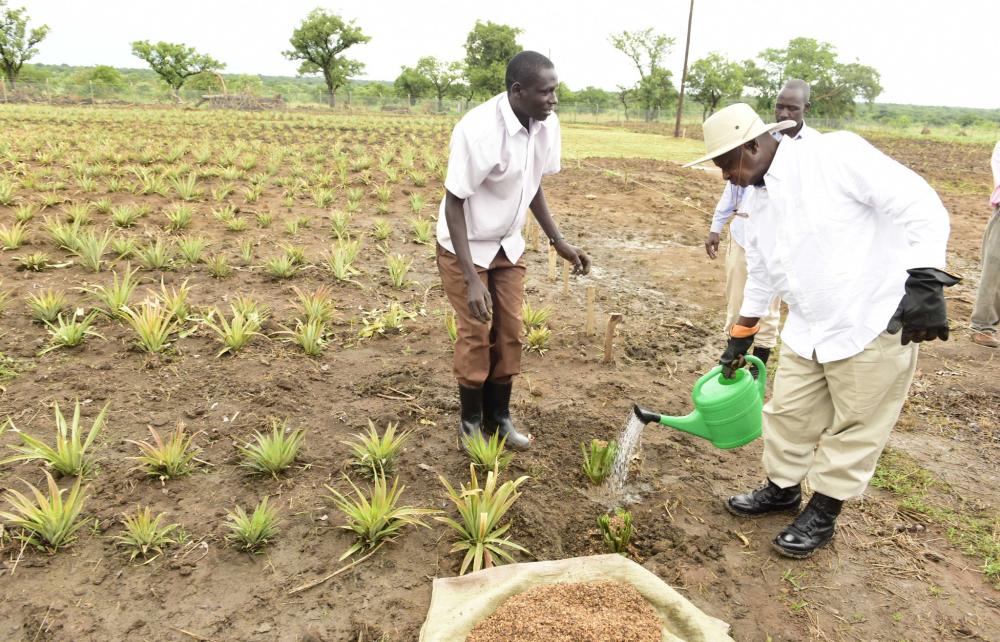Description :
State House-Entebbe, Uganda - On Tuesday, March 12, 2024, President Yoweri Kaguta Museveni held a significant meeting with a group of farmers from the districts of Ntungamo and Rukungiri. This gathering, led by Maj. Gen. (Rtd). Jim Muhwezi, the Minister of Security and Member of Parliament for Rujumbura County, along with Ms. Peace Rugambwa, the Chairperson for Boona Bagagawale-Nyekundire Group Limited in Ntungamo District, aimed to promote sustainable agricultural practices through the innovative four-acre model.
During the meeting, President Museveni re-emphasized the importance of empowering farmers with small pieces of land by adopting the four-acre model of farming. This model encourages diversification and optimal use of land, designed to transform subsistence farming into profitable commercial agriculture.
The Four-Acre Model Explained
President Museveni outlined the specifics of the four-acre model, which includes:
One Acre for Coffee Cultivation: Coffee, being one of Uganda's leading export crops, offers substantial income potential for smallholder farmers.
One Acre for Fruit Trees: Planting fruit trees not only provides a source of nutritious food but also opens avenues for additional income through the sale of fruits.
One Acre for Staple Crops: This ensures food security for the household by producing essential crops for daily consumption.
One Acre for Pasture: Dedicated to livestock, this acre supports dairy and meat production, further diversifying income streams.
In addition to these four acres, President Museveni suggested utilizing the backyard for poultry, piggery, and fish farming. This comprehensive approach aims to maximize land use efficiency and ensure a steady flow of income from various agricultural activities.
Empowering Communities Through Agriculture
“If you do this type of farming, that means we will have defeated poverty through commercial agriculture,” President Museveni stated. He highlighted that this model aligns with the Parish Development Model (PDM), which is designed to help farmers transition from subsistence to commercial agriculture. By doing so, communities can unlock economic prosperity and achieve sustainable livelihoods.
The Role of Unity and Government Programs
President Museveni also emphasized the importance of unity and cohesion among National Resistance Movement (NRM) supporters. He urged them to fully capitalize on government programs like PDM and Emyooga, which are crucial for disseminating the benefits of agricultural development widely among the masses.
Elevating Education for Agricultural Innovation
In a move to further support agricultural and scientific advancements, President Museveni announced the government's decision to elevate Uganda Martyrs Technical Institute into the Engineering Faculty of Mbarara University of Science and Technology. “We have looked into the possibility of converting the Technical School into the Faculty of Engineering of Mbarara University since it is the government’s mandate to promote as many science disciplines as possible,” he explained.
Success Stories: Transforming Lives Through Agriculture
The meeting featured inspiring testimonials from farmers like Mr. Alfred Atwiine, a resident of Ruhinda subcounty in Rukungiri District. Mr. Atwiine shared his journey of success, which began in 2016 when he received a quarter kilogram of onion seeds from the Boona Bagagawale-Nyekundire Group Limited program. Cultivating these seeds on half an acre of land, he harvested six bags of onions, earning Shs1.25m. This income enabled him to educate his children and leverage various government programs to improve his livelihood. “I have fully taken advantage of every government program and I am where I am today because of such programs. Thank you, Your Excellency,” Mr. Atwiine expressed.
Conclusion
The four-acre model, as re-emphasized by President Museveni, represents a strategic approach to combat poverty and promote commercial agriculture in Uganda. By encouraging diversification and optimal land use, this model offers a pathway to economic prosperity and sustainable development for smallholder farmers. The government's support through educational enhancements and unity among NRM supporters will further ensure the success and widespread adoption of this innovative agricultural model.








